
Grades:
4th Grade
Students will conduct research about different types of severe weather and how to prepare for it, then share their research with classmates via slideshow presentations.

Grades:
10th Grade, 11th Grade, 12th Grade
This is part 2 of a two-part series. This lesson looks deeper into early electronic encryption tools and how they relate to cryptography today. The tools discussed are: Hebern Rotor Machine, Enigma

Grades:
4th Grade
This 4th grade STEAM lesson focuses on introducing students to Earth's four systems: Hydrosphere, Geosphere, Atmosphere, and Biosphere (excluding the Lithosphere). Students will learn about the Greek

Grades:
9th Grade, 10th Grade, 11th Grade, 12th Grade
This lesson is a follow-up to the lesson titled "Creating Sustainable Solutions with Bioplastics Part 1". In this lesson, students evaluate different ingredients for bioplastics and create a minimum

Grades:
9th Grade, 10th Grade, 11th Grade, 12th Grade
In this lesson students evaluate the advantages and disadvantages of conventional, petroleum-based plastics, bioplastics, and their different varieties. The lesson is driven by class/group research

Grades:
9th Grade, 10th Grade, 11th Grade, 12th Grade
Students will delve into the intricate web of Earth systems, recognizing their interconnected nature and unlocking the secrets of Japan's geological features through observation and data collection

Grades:
5th Grade
In this lesson students will get the chance to mine for ore but then work on the processing phase and manufacturing phase of mining. Students will mine their ore (peanuts), process their ore (shell

Grades:
10th Grade, 12th Grade
This lesson builds on the Part 1 of Urbanization Impacts in the HS Environmental Science classroom. In this lesson, students are utilizing their knowledge to create models of solutions to the

Grades:
10th Grade, 11th Grade, 12th Grade
This lesson includes a slide show and FITB notes page introducing Urbanization in a HS Environmental Science class. Benefits and drawbacks of urbanization are discussed, with a documentary about
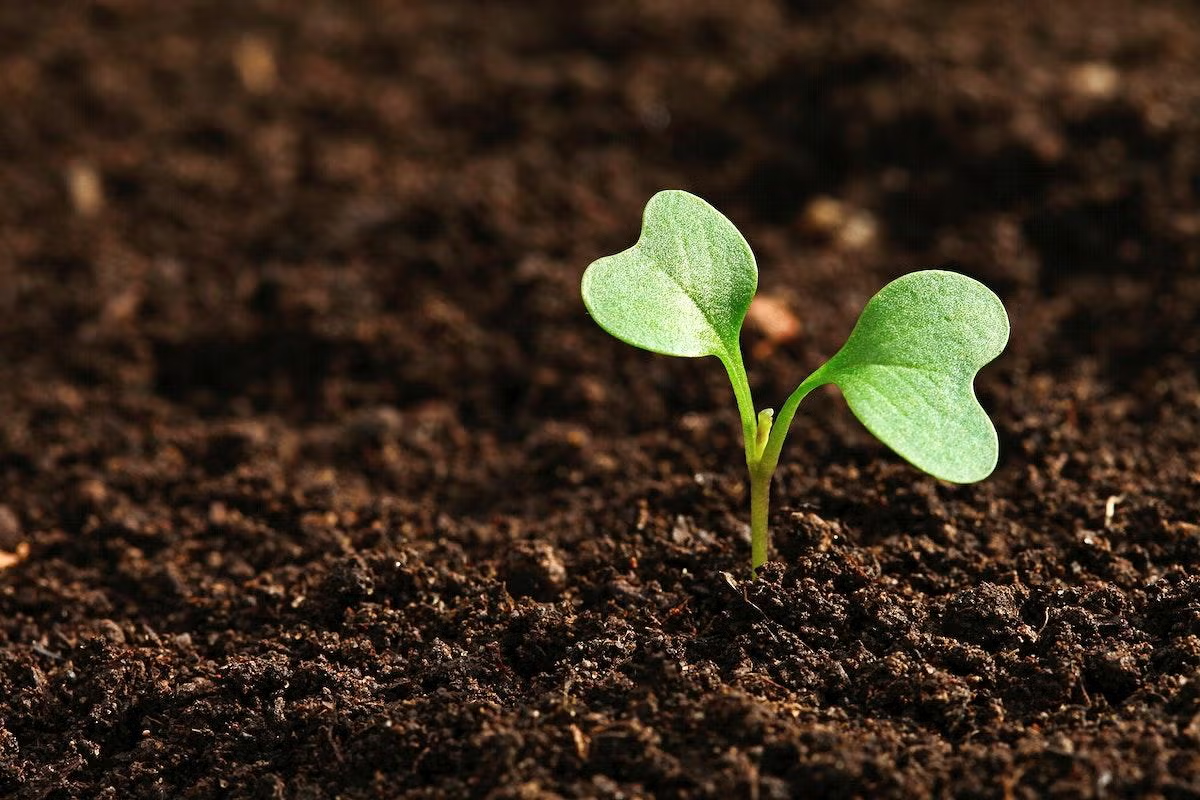
Grades:
8th Grade
Investigate how red wigglers rebuild soil by processing food scraps and depositing their casts into the soil. Student groups will have their own worm bins to care for and they will gather data about
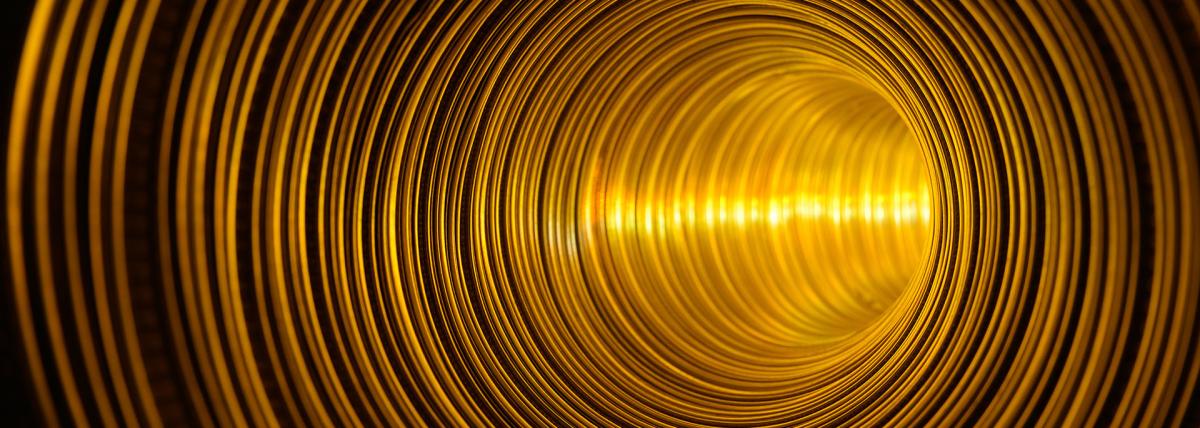
Grades:
5th Grade
This lesson uses magnets, playing cards, metal washers, and a PhET simulation to model the effects of mass and distance as acting forces on objects in our solar system.
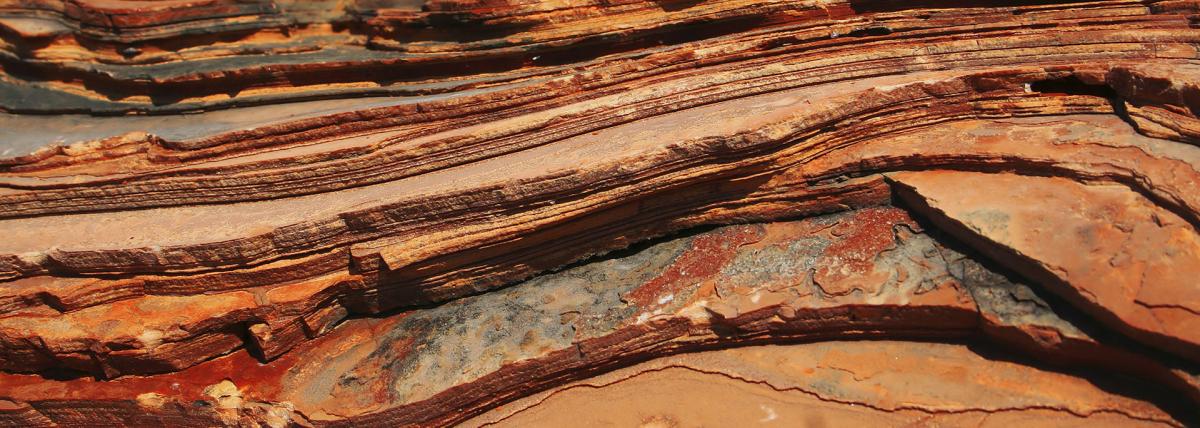
Grades:
8th Grade, 9th Grade
In this lesson, students will embark on an investigative journey to explore the geological history of their local community. Through hands-on activities and research, students will analyze rock layers

Grades:
9th Grade, 10th Grade
Students use Play-Doh to model deposition of rock layers and then folding and faulting. This is to help students understand relative ages of rock layers and introduces the ideas of the laws of

Grades:
7th Grade
Part 4! Students take all that they have learned from all the parts along with observations of their rocket launch to create a detailed google slides presentation!

Grades:
7th Grade
Part 3 of the Unit. Students launch their rockets and record observations along with altitude data!

Grades:
5th Grade
In this lesson, students will work individually to build a working periscope. They will make a simple one out of card stock and then being creative with whatever supplies their teacher gives them

Grades:
7th Grade, 8th Grade, 9th Grade, 10th Grade, 11th Grade, 12th Grade
Students will combine science and art by using an alternative photographic process called cyanotypes or sun prints. After a short introduction to the history of cyanotypes and the process of creating
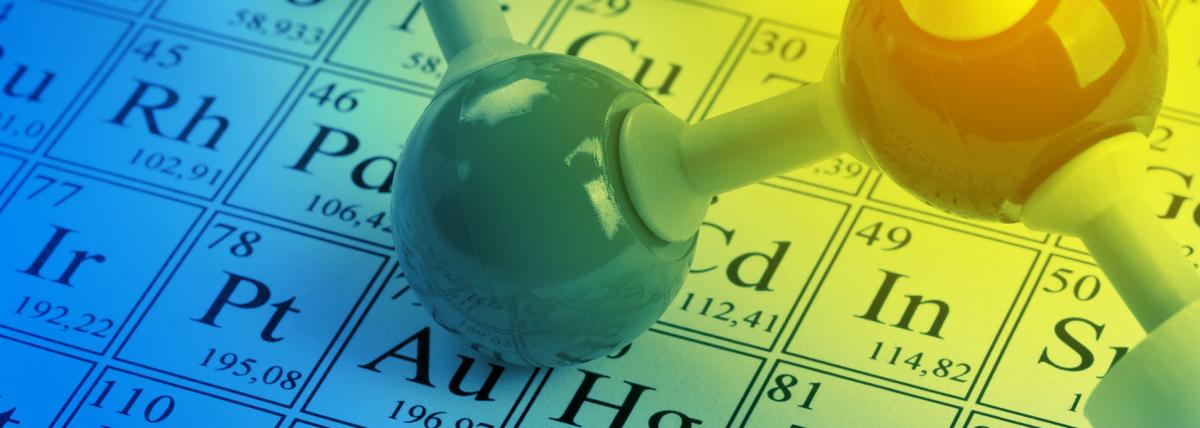
Grades:
9th Grade, 10th Grade, 11th Grade, 12th Grade
This lesson is an opportunity for students to learn about the past, the interesting field of nuclear radiation, and future implications to humanity as we encounter it in our spaces.

Grades:
3rd Grade, 4th Grade
An Arizona 3rd grade standard is to learn about Arizona tribes' ways of living and how they depend on their environment to shape their world. In this hands-on lesson, students will use their hands

Grades:
7th Grade, 8th Grade, 9th Grade, 10th Grade, 11th Grade, 12th Grade
This is a lesson geared toward junior high and high school classes to introduce students to the idea of cryptography and encryption. This lesson could be simplified for younger students by removing
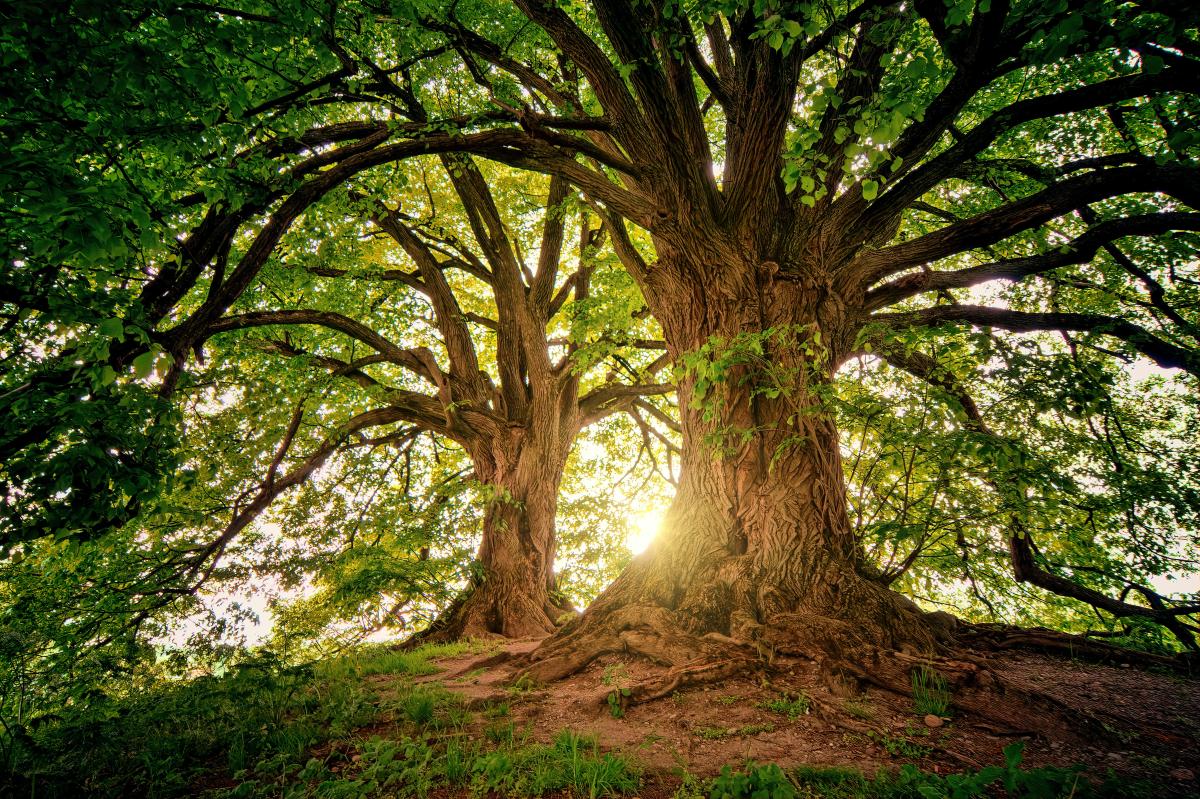
Grades:
4th Grade, 5th Grade
This lesson is about the Petrified Forest National Park here in Arizona. It teaches students about the National Park. It also has a lab showing students how things like wood become petrified!
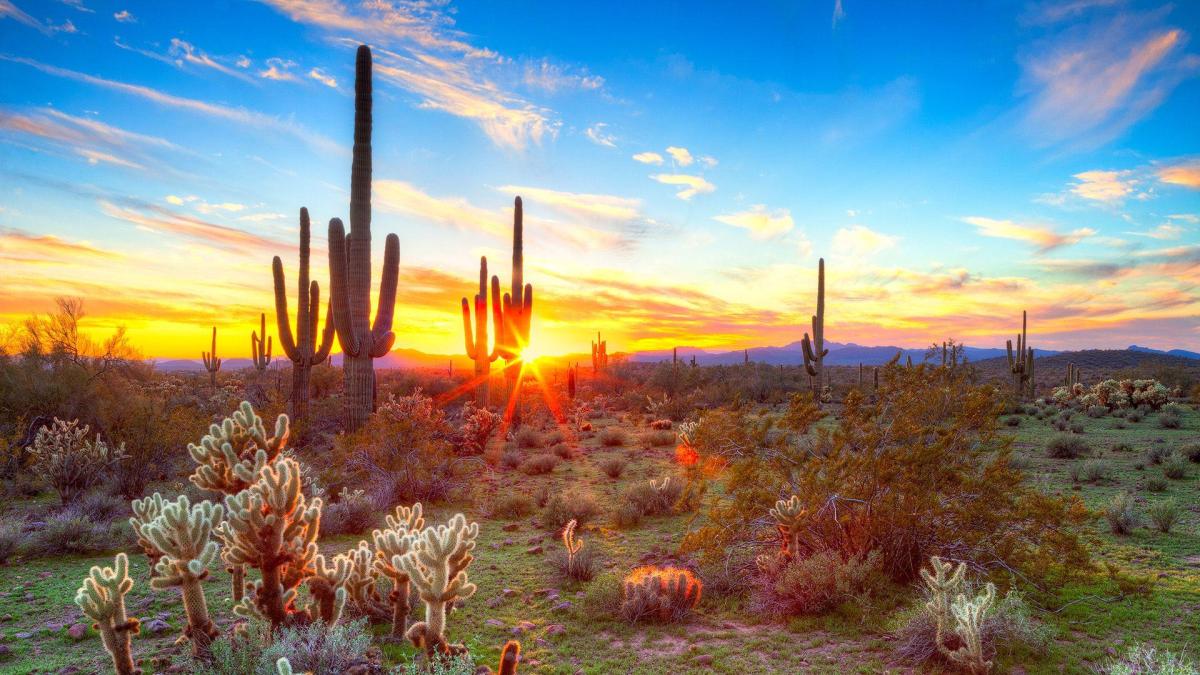
Grades:
8th Grade, 9th Grade, 10th Grade, 11th Grade, 12th Grade
Over the course of three class sessions, spanning 90 minutes each, students will engage in an immersive project focusing on the outdoor air quality prevalent in four states situated in the

Grades:
6th Grade, 7th Grade, 8th Grade
What would you do if you were dropped into the wilderness, with nothing but what you could fit into a backpack, and had to survive harsh weather, a hostile location, and possibly aggressive wildlife

Grades:
4th Grade
This lesson is in collaboration with the National Park Service and contains additional activities from the Jr. Ranger program. Using the NPS brochure guide/map and Plantnet app, students will identify


